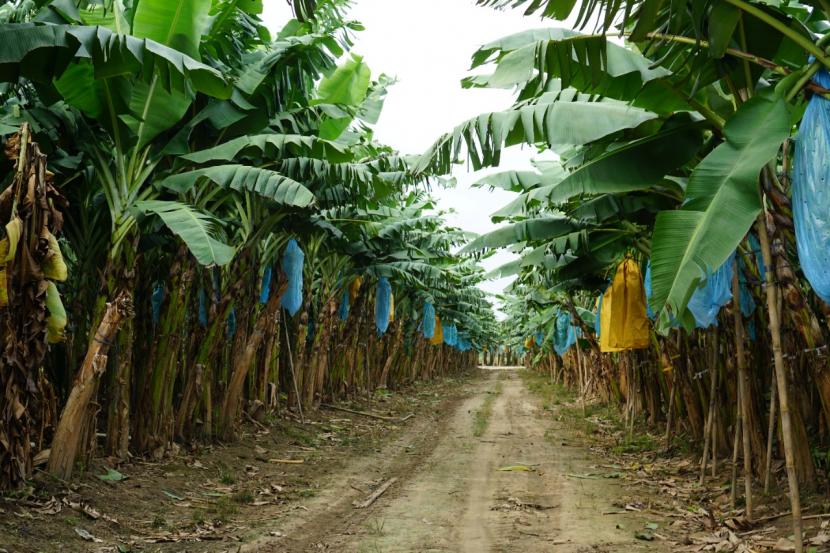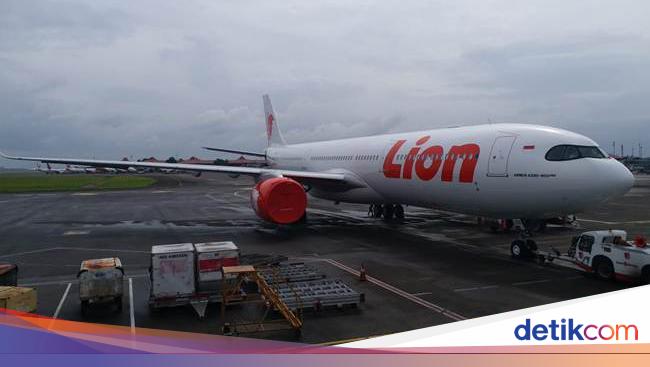The fruit village program must continue to be monitored so that it is successful and on target.
REPUBLIKA.CO.ID, JAKARTA — Ministry of Finance Agriculture through the Directorate General of Horticulture has a Horticultural Village program which aims to increase horticultural productivity and competitiveness. One of these Horticultural Villages is a fruit village. This program is a horticultural policy direction and is expected to become a legacy of the Directorate General of Horticulture for Indonesian agriculture, in accordance with the direction of the Minister of Agriculture Syahrul Yasin Limpo.
Director General of Horticulture, Prihasto Setyanto said that the program fruit village must be continuously monitored to be successful and on target. One strategy is to provide technical guidance (bimtek) for activists horticultural farming and agricultural extension workers.
Of the many types of fruit in Indonesia, consumption and production banana still the highest. Banana export volume also occupies the second highest position after mangosteen with a figure of 5,500 tons as of May 2021.
Seeing this potential, Director of Fruits and Floriculture Liferdi Lukman stated that in 2021 Kampung Pisang will be developed in 56 points from Aceh to Halmahera. There are at least 3 (three) types of bananas being developed, namely Kepok bananas, Cavendish bananas, and Mas Kirana bananas. Results banana production Kepok will be maximized to meet domestic needs for fresh consumption and food diversification, while Cavendish bananas and Mas Kirana are for export.
“From the 56 points, there are 5 location points that will be developed specifically for the banana kepok area. This is intended to support food diversification,” said Liferdi when opening an online technical guidance entitled Banana Cultivation Technology to Meet Export Standards, Wednesday (28/7) via Zoom Meeting and YouTube Live.
Global GAP: The Key to Produce Export Quality Bananas
In terms of exports, local bananas still find it difficult to compete in foreign markets. PT GGP Associate Director, Supriyono Loekito stated that some of the main difficulties for local bananas to compete are low productivity but high production costs, inconsistent product quality, untraceable product records of treatment, and lack of quality certification for the international market. In addition, there is 1 (one) other obstacle that cannot be avoided, namely the discrimination in the imposition of tariffs on Indonesian products in export destination countries.
“Another obstacle that is beyond our capabilities is the discrimination in the imposition of tariffs on Indonesian products from our export destination countries. We can see the difference in rates. In Japan, our bananas are subject to a 10 percent export tariff, while the Philippines is not subject to any tariffs,” explained Supriyono.
Supriyono added, to be able to export, certification is needed because the products sent must be of the best quality and in perfect condition. Nothing must be rotten or defective. Then, a phytosanitary certificate issued by the quarantine party is also required.
The good quality and condition of banana products for export cannot be separated from the role of implementing Global Good Agriculture Practice (GAP) for Banana Production. There are 6 (six) points of Global GAP that need to be considered, namely the production process applying good hygiene, free of pesticide residues, implementing a traceability system, ensuring the safety and welfare of workers, environmentally friendly production, and implementing a system for regulating GMO products.
In addition to implementing the Global GAP for Banana Production, the location and cultivation technology also greatly affects the quality of bananas for export. Supriyanto explained that the higher the cultivation location, the more delicious and sweet the banana taste will be. As a result, the selling price can also be higher.
“The higher the place of cultivation, the tastier and sweeter it is. The price could also be higher, especially in Japan,” he said.
In terms of cultivation technology, the first and most important thing about banana cultivation is seeds. Supriyanto stated that he had to use really good seeds and was expected from Meristem Tissue Culture (MTC). After that, the general banana production process can begin, starting from land preparation; manual planting of 2,000-3,000 plants per ha; plant care; fruit care such as bud injection, bagging, buffering and marking; harvesting according to packing specifications; to packing to protect the fruit from the garden to the market.
Kampung Pisang Improves Farmers’ Welfare
One of the goals of the fruit village is to improve the welfare of farmers through farmer corporations. Deputy Chairman of the Green Farmers Cooperative Makmur Tanggamus, Sigit Wicaksono said that this farmer corporation system makes it easier for farmer groups to market their products, so that their income increases and is much more stable.
The Green Makmur Farmers Cooperative as a smallholder corporation was formed on the advice of PT GGP, which is also their partner. The farmer’s corporation is intended to oversee the production and marketing processes of the mas banana farmer groups in Tanggamus.
“Partnering with the company, in this case GGP as an offtaker, makes it easier for us to market our products, so we can focus more on increasing the quantity and quality of production. The form of our collaboration is Creating Shared Value (CSV). So, we get production facilities, guidance and assistance, as well as marketing,” explained Sigit.
The bananas produced by the Green Makmur Farmer Cooperative are allocated 60 percent for local needs and 40 percent for export. This export volume is currently decreasing due to the long hot weather in 2019 and is expected to increase again in the second half of 2021 with additional commodities, namely Cavendish bananas and Barangan bananas.
Student Galuh Wahyu Karti’a hopes that this research can provide alternative solutions in reducing the high amount of plastic waste in Indonesia. One of them is a product that is feasible in the context of national energy security. In addition, it can also open insight into Indonesia’s natural wealth which is still very manageable in its potential. “Then also support the achievement of SDGs number seven, namely clean and affordable energy,” he said.
– .


